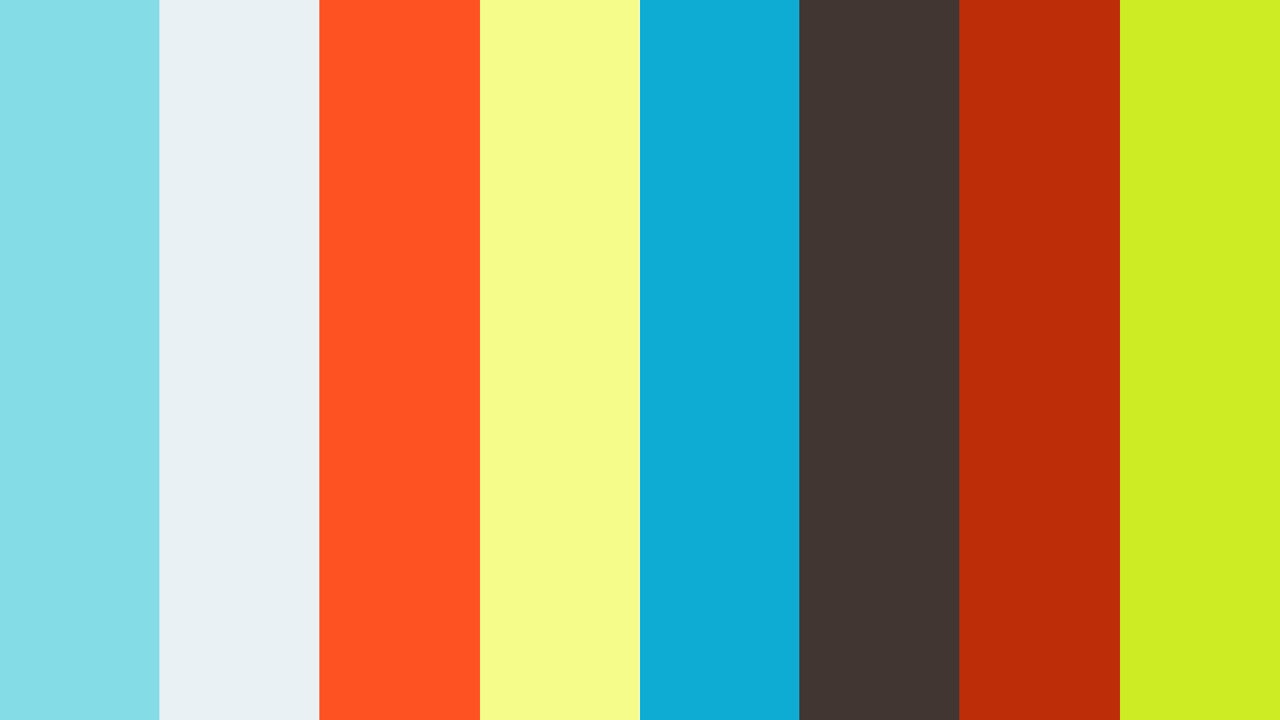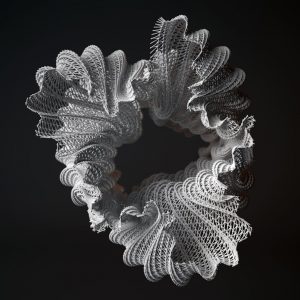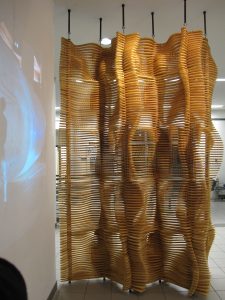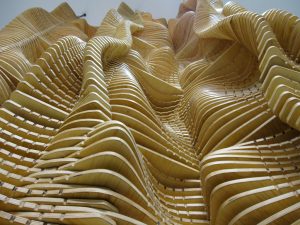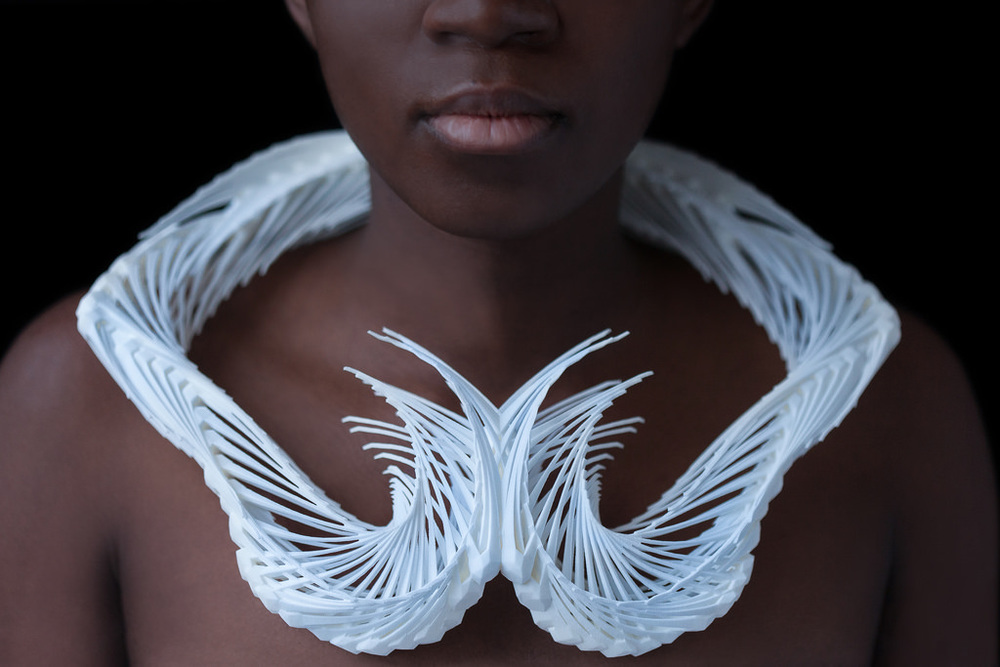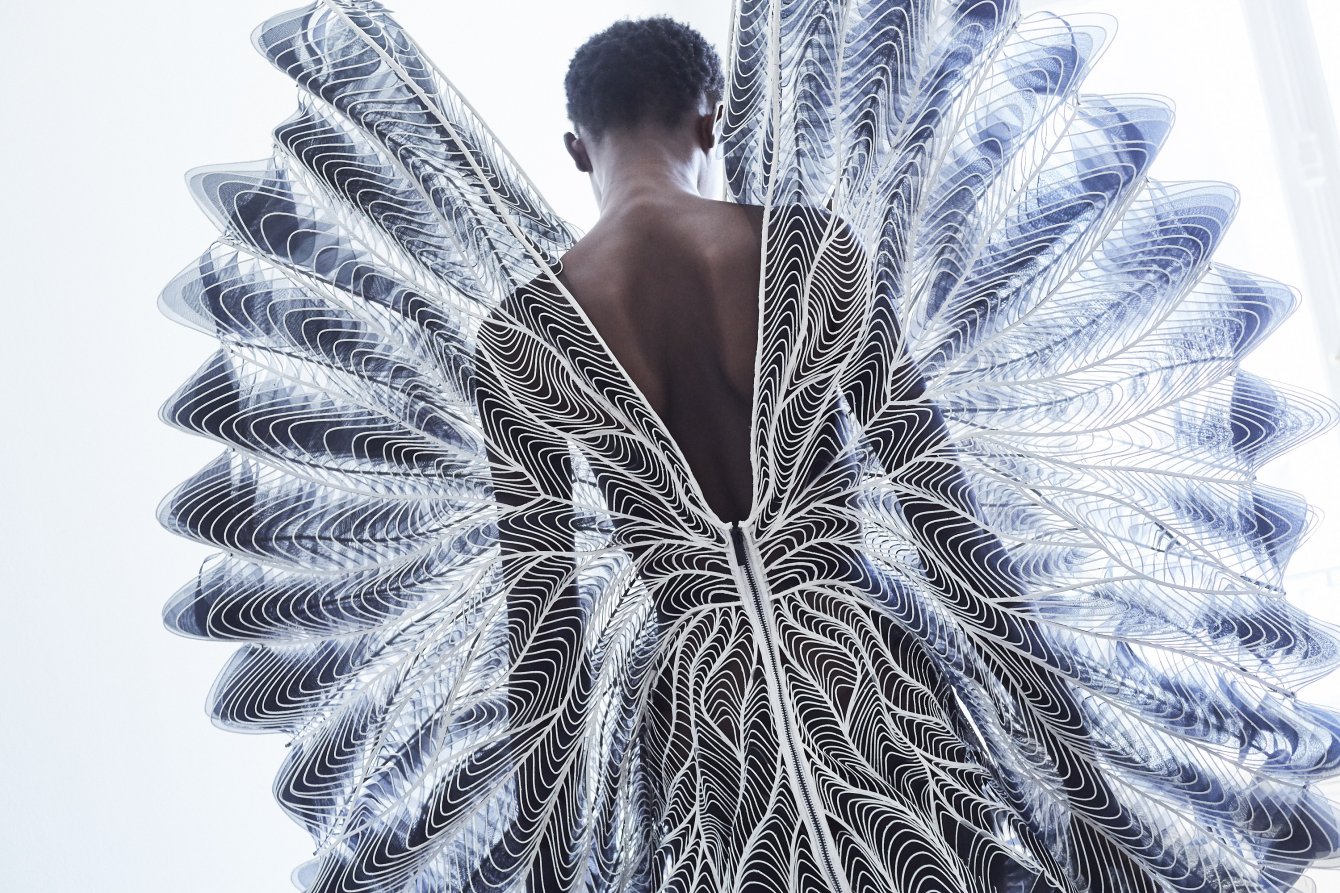judyli:Face Project 03
/*
Judy Li
Section A
judyli@andrew.cmu.edu
Project-03
*/
var angle = 0;
var x = 1;
function setup() {
createCanvas(640, 480);
x = random(1,5);
}
function draw() {
background(0,0,0);
//otherobjects
fill(255,255,102);
noStroke();
var m = max(min(mouseX, 640), 0);
var size = m * 200.0 / 640.0;
//foreground
if (mouseX < width/2) {
background(153,204,255);
ellipse(175, 200.0, 200, 200);
}
else background(0,76,153);
fill(224,224,200);
ellipse(350 + m * 120.0/640.0, 200.0, size, size);
if (mouseX < width/2) {
noFill();
}
else fill (255,255,155);
push();
translate(100, 50);
scale(x/.5);
rotate(radians(angle));
triangle(10, 7.5, 2.5, 20, 17.5, 20);
triangle(10, 25, 2.5, 12.5, 17.5, 12.5);
pop();
push();
translate(250, 100);
scale(x/2);
rotate(radians(angle));
triangle(10, 7.5, 2.5, 20, 17.5, 20);
triangle(10, 25, 2.5, 12.5, 17.5, 12.5);
pop();
push();
translate(400, 150);
scale(x);
rotate(radians(angle));
triangle(10, 7.5, 2.5, 20, 17.5, 20);
triangle(10, 25, 2.5, 12.5, 17.5, 12.5);
pop();
push();
translate(550, 200);
scale(x/3);
rotate(radians(angle));
triangle(10, 7.5, 2.5, 20, 17.5, 20);
triangle(10, 25, 2.5, 12.5, 17.5, 12.5);
pop();
push();
translate(100, 150);
scale(x/1.5);
rotate(radians(angle));
triangle(10, 7.5, 2.5, 20, 17.5, 20);
triangle(10, 25, 2.5, 12.5, 17.5, 12.5);
pop();
push();
translate(250, 200);
scale(x/.5);
rotate(radians(angle));
triangle(10, 7.5, 2.5, 20, 17.5, 20);
triangle(10, 25, 2.5, 12.5, 17.5, 12.5);
pop();
push();
translate(400, 250);
scale(x/2);
rotate(radians(angle));
triangle(10, 7.5, 2.5, 20, 17.5, 20);
triangle(10, 25, 2.5, 12.5, 17.5, 12.5);
pop();
push();
translate(550, 300);
scale(x);
rotate(radians(angle));
triangle(10, 7.5, 2.5, 20, 17.5, 20);
triangle(10, 25, 2.5, 12.5, 17.5, 12.5);
pop();
push();
translate(100, 250);
scale(x/3);
rotate(radians(angle));
triangle(10, 7.5, 2.5, 20, 17.5, 20);
triangle(10, 25, 2.5, 12.5, 17.5, 12.5);
pop();
push();
translate(250, 300);
scale(x/1.5);
rotate(radians(angle));
triangle(10, 7.5, 2.5, 20, 17.5, 20);
triangle(10, 25, 2.5, 12.5, 17.5, 12.5);
pop();
push();
translate(400, 350);
scale(x/.5);
rotate(radians(angle));
triangle(10, 7.5, 2.5, 20, 17.5, 20);
triangle(10, 25, 2.5, 12.5, 17.5, 12.5);
pop();
push();
translate(550, 400);
scale(x/2.5);
rotate(radians(angle));
triangle(10, 7.5, 2.5, 20, 17.5, 20);
triangle(10, 25, 2.5, 12.5, 17.5, 12.5);
pop();
angle = angle + 5;
}
I didn’t know where to begin with this project because there’s so much you can do. I liked the idea of day transitioning into night. So, I played with background and the foreground to create this. I wanted it to be a bit more playful and when you refresh the page, the sizes of the stars change with it!
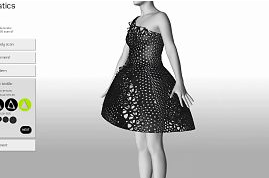
![[OLD FALL 2018] 15-104 • Introduction to Computing for Creative Practice](../../../../wp-content/uploads/2020/08/stop-banner.png)



 prototype/ 2014
prototype/ 2014